DISCOVERING
VINTAGE
M iami
All the information in this guidebook is subject to change. We recommend that you call ahead to obtain current information before traveling.

Globe Pequot is an imprint of Rowman & Littlefield
Distributed by NATIONAL BOOK NETWORK
Copyright 2014 by Rowman & Littlefield
All rights reserved. No part of this book may be reproduced in any form or by any electronic or mechanical means, including information storage and retrieval systems, without written permission from the publisher, except by a reviewer who may quote passages in a review.
British Library Cataloguing in Publication information available
Library of Congress Cataloging-in-Publication data is available on file.
ISBN 978-1-4930-0745-5
 The paper used in this publication meets the minimum requirements of American National Standard for Information SciencesPermanence of Paper for Printed Library Materials, ANSI/NISO Z39.48-1992.
The paper used in this publication meets the minimum requirements of American National Standard for Information SciencesPermanence of Paper for Printed Library Materials, ANSI/NISO Z39.48-1992.
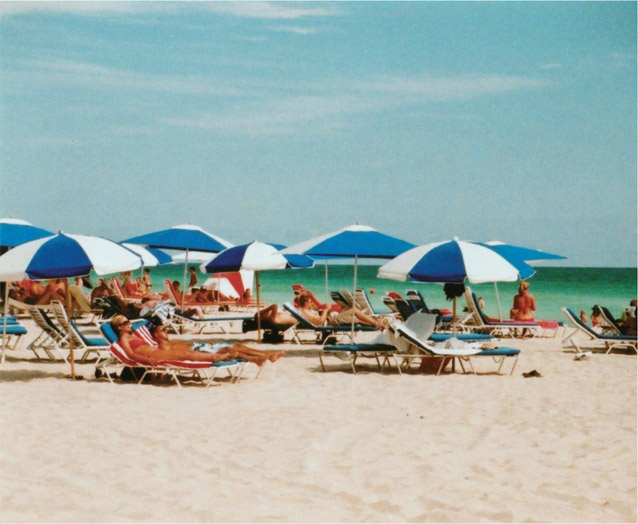
To all in Miami who keep history alive

About the Author
As a food- and history-obsessed Miami native, Mandy Baca found her true passion for food and writing while enrolled in the Hospitality School at Johnson & Wales University. She also holds a masters degree in Italian Gastronomy and Tourism from the University of Gastronomic Sciences in Colorno, Italy. She has contributed to various publications both locally and nationally and is the author of The Sizzling History of Miami Cuisine: Cortaditos, Stone Crabs and Empanadas , which details Miamis rich food culture. Mandy currently resides in Miami and continues her quest to inspire and advance the interest in local food culture.

Acknowledgments
I feel so grateful for the opportunity to write another book, which I hope will be an important historical reference for decades to come. I wanted to thank all those who made it possible.
First, I wanted to single out two specific individuals. Thank you to local writer Sara Liss, who forwarded this opportunity to me. Without her recommendation, this would have never come to fruition. Also, thank you to Tracee Williams, my editor at Globe Pequot, who was extremely patient with me. She was always on hand to assist me with any questions I had along the way.
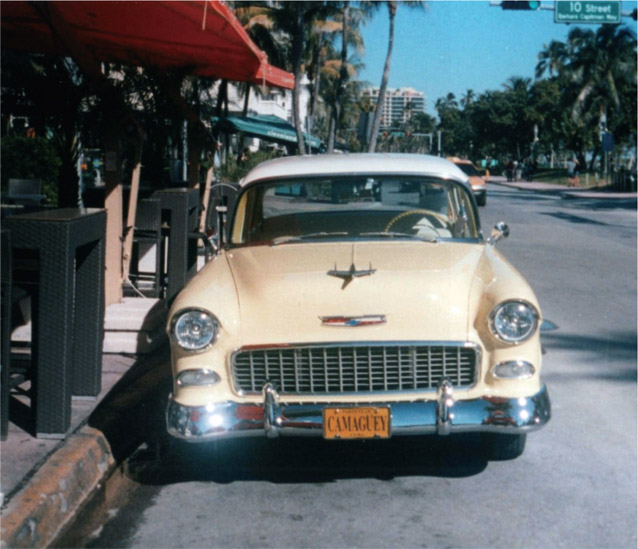
Thanks to all the Miami locals who provided fantastic feedback, anecdotes, quotes, and general interest stories about their personal experiences not only at the establishments, but also of Miami and their own lives. In no particular order: Sef Gonzalez, Daniel Serfer, Lauren Lolo Reskin, Liz Tracy, Nathaniel Sandler, Ines Hegedus-Garcia, Cari Garcia, Malik Benjamin, Amy Rosenberg, Steve Roitstein, Washington Delgado, Carlos Olaechea, Aubrey Swanson, Marvin Tapia, Patricia Guarch Wise, Diego Ganoza, Zachary Fagenson, Matt Meltzer, and my dad, Jose Baca.
Finally, a huge and special thank you to all the owners, managers, and employees who welcomed me into their establishments, treated me like family, and provided me with great historical context and more personal experiences and stories that made each and every chapter that much more dynamic. In no particular order: Jorge Perez, Andrew Lister, Bob Penna, Theresa Ore, Marione Van Steensburg, Ota Zambrano, Mercy Gonzalez, Sandy Cobas, Ricardo Gutierrez, Renee Pasquarella, Tony Alarcon, Jorge Torres, Brian Alonso, Cheryl Mainzer, Vivian Jordan, Mary Holle, Eli Tako, Mike Bittel, Cecilia Curuthers, Fernando Montealegre, Jessica Bishop, Patrick Gleber, Kevin Rusk, Evan Chern, and David Laurenzo. I hope your establishments are open for decades to come for many more people to enjoy and create memories of their own.

A&M COMICS
6650 BIRD RD. MIAMI, FL 33155
(305) 661-3406

Preserving an American Art Form
C omic books emerged in 1933 as an outgrowth of comic strips. Like the Stephen Colberts and Jon Stewarts of our time, comic books served as comedic respite from the political churnings of the country. Initially a counterculture trend, anti-comic campaigns sprang up immediately, stating that they were unconstitutional and violent.
In 1949, decades before A&M Comics opened, an ordinance banning crime comic books passed in Miami. At large events throughout the city, children were forced to let go of their horror- and violence-packed comics; it was a scene straight out of the pages of the cult classic Nineteen Eighty-Four . An article in the October 5, 1949, Miami News included details of the now-absurd regulation: The ordinance provides a $500 fine and/or 60 days in jail for any person who prints or sells any book, pamphlet, magazine, paper, etc., devoted to publication and principally made up of criminal news, police reports or accounts of criminal deed or pieces of stories of bloodshed, lust or crime. The ordinance was finally revoked in the late seventies, but it was not all roses thereafter.
The introduction of television in the fifties further impacted the popularity of comic books. In the eighties, big business became the largest providers of comic book products, making it difficult for the small stores to compete with the likes of Walmart and Toys R Us. A big factor that separates the small stores from the big retailers is that they carry rare items. While more mainstream than in prior decades, the comic book world remains in a state of flux, heavily influenced by outside factors like the economy and the governmenta trend that A&M Comics owner, Jorge Perez, says will continue.
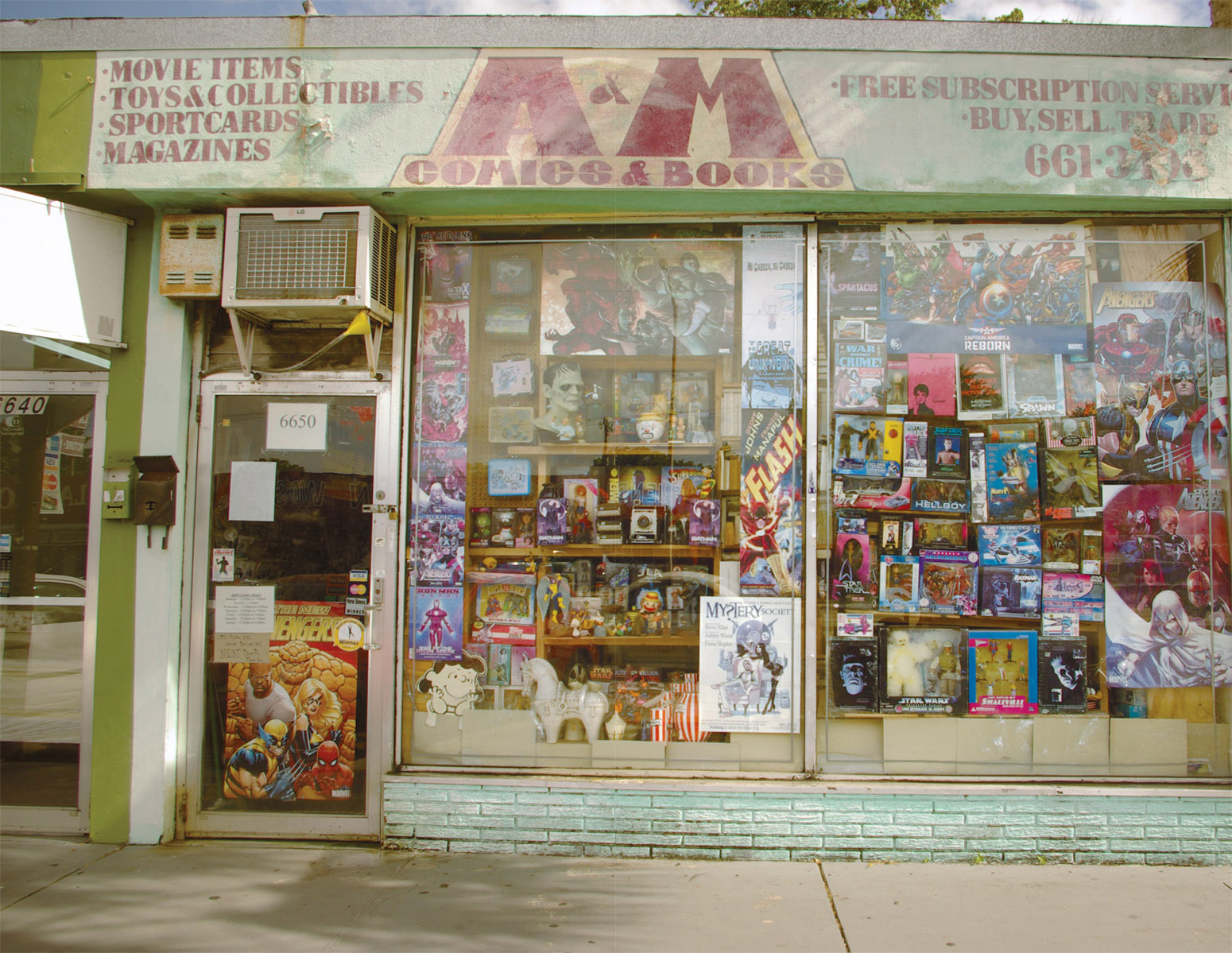
With over 200,000 comic books, 2,000 toys, and hundreds of graphic novels, A&M Comics is Miamis longest-running comic book store as well as one of the oldest in the country. Established in 1974 by a groovy couple from New York, Arnold and Maxine used their initials for the naming of the store, hence the moniker A&M. It occupied two other spaces in Miami before settling into its current location on the infamous Bird Road in 1974. Unlike the modern stores of today, A&M Comics stands as a nostalgic reminder of stores in the New York basement styletiny, crammed, odd, and incense scentedamidst the uniform suburbia where it resides.
The stores exterior offers vintage signage and a poster-and-comic-book-plastered front window; once inside, every nook and cranny is strategically used, and while there is little organization to the items, the owner makes up for it in expertise and assistance. Prices are reasonable, ranging from $3 to $30 and upwards of hundreds of dollars for the more rare items. Among the coolest items in stock are early editions of Marvel Comics, previously known as Timely Comics. The store is so iconic that Joe Quesada, CCO of Marvel Comics, a comic book writer himself, came to the store for his first book signing.
Next page


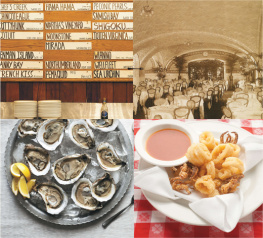

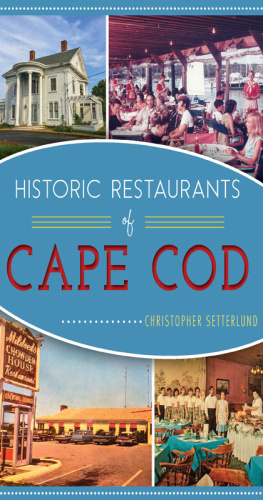
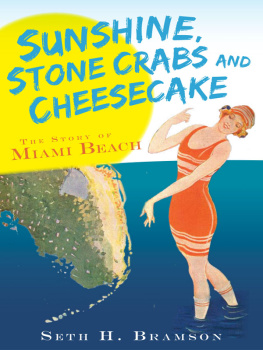


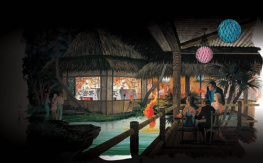
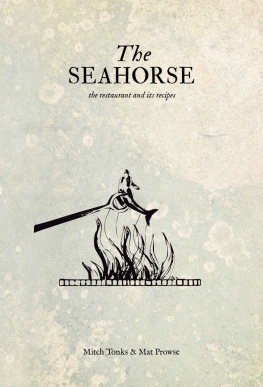


 The paper used in this publication meets the minimum requirements of American National Standard for Information SciencesPermanence of Paper for Printed Library Materials, ANSI/NISO Z39.48-1992.
The paper used in this publication meets the minimum requirements of American National Standard for Information SciencesPermanence of Paper for Printed Library Materials, ANSI/NISO Z39.48-1992.




